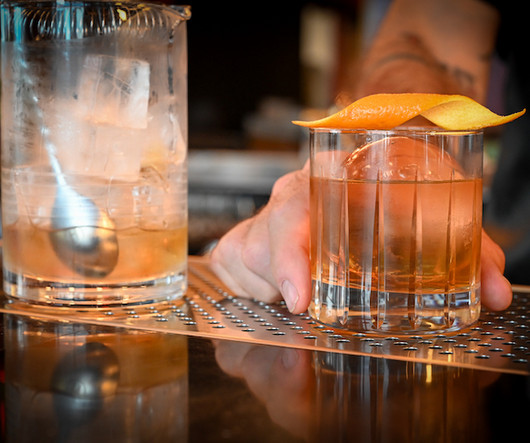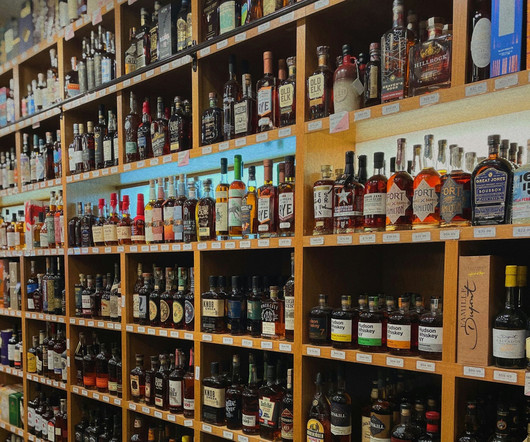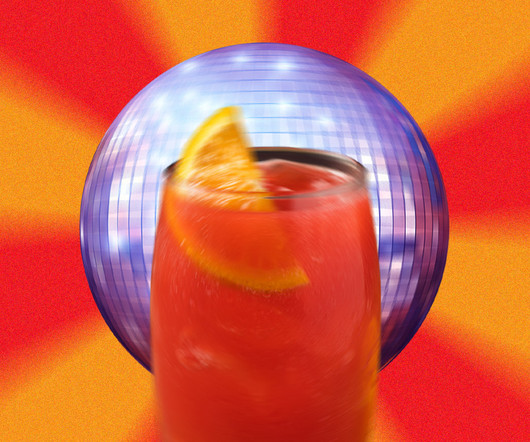We Ask Nikki McCutcheon, Beverage Director, What’s in a (Cocktail) Name?
Chilled Magazine
JANUARY 9, 2024
Over the next four years, I mastered the art of inventory, bar management, cocktail development, and wine list curation. Although familiar, they are eye-catching and evoke the freshness and approachability coupled with the elegance of NYC’s cocktail culture.












Let's personalize your content